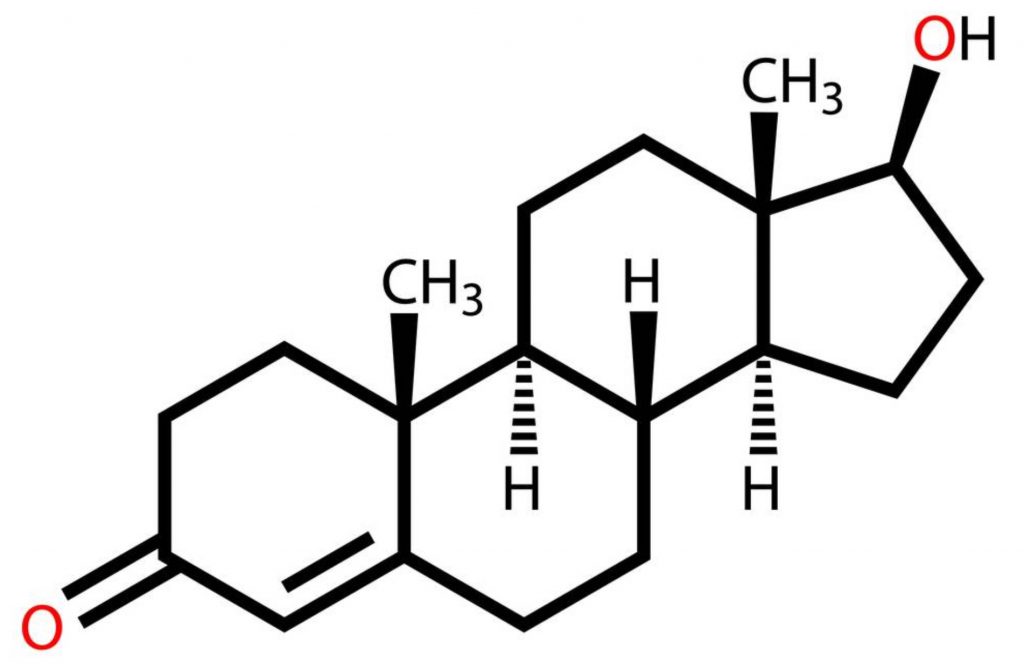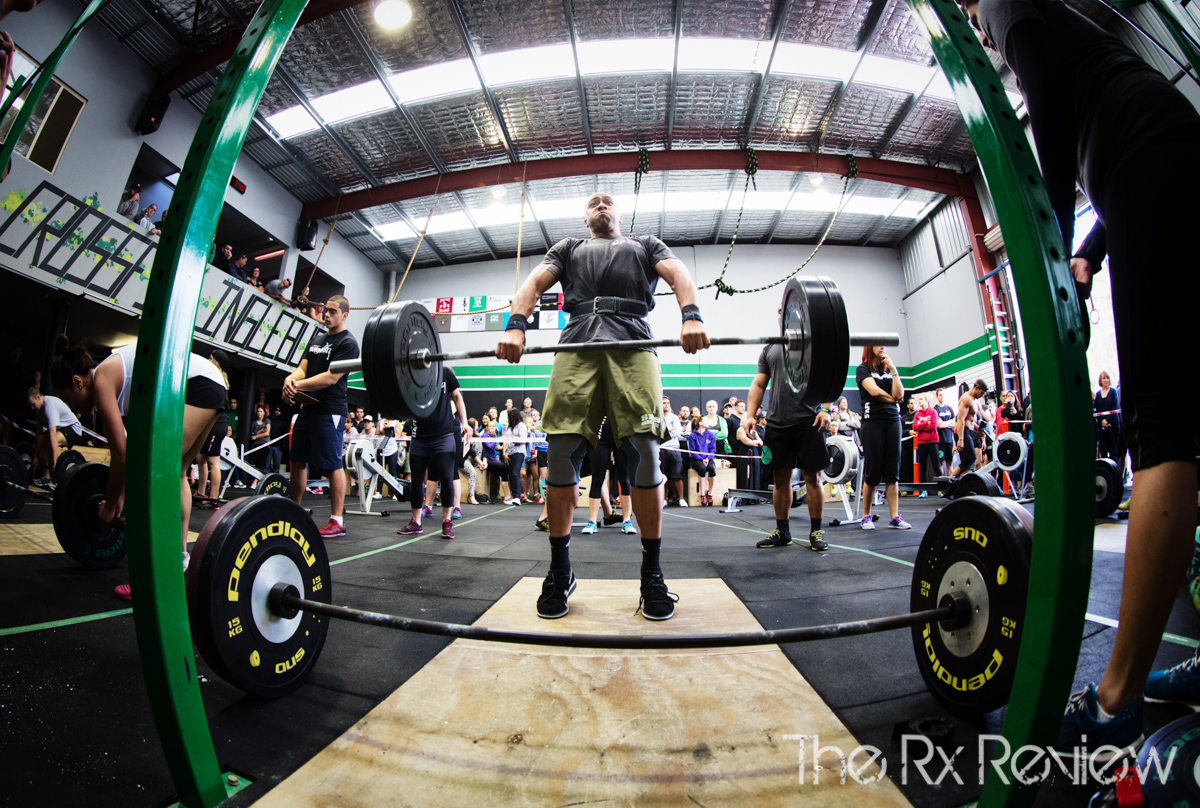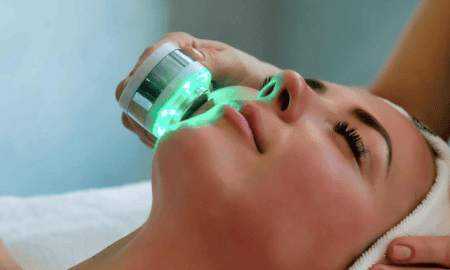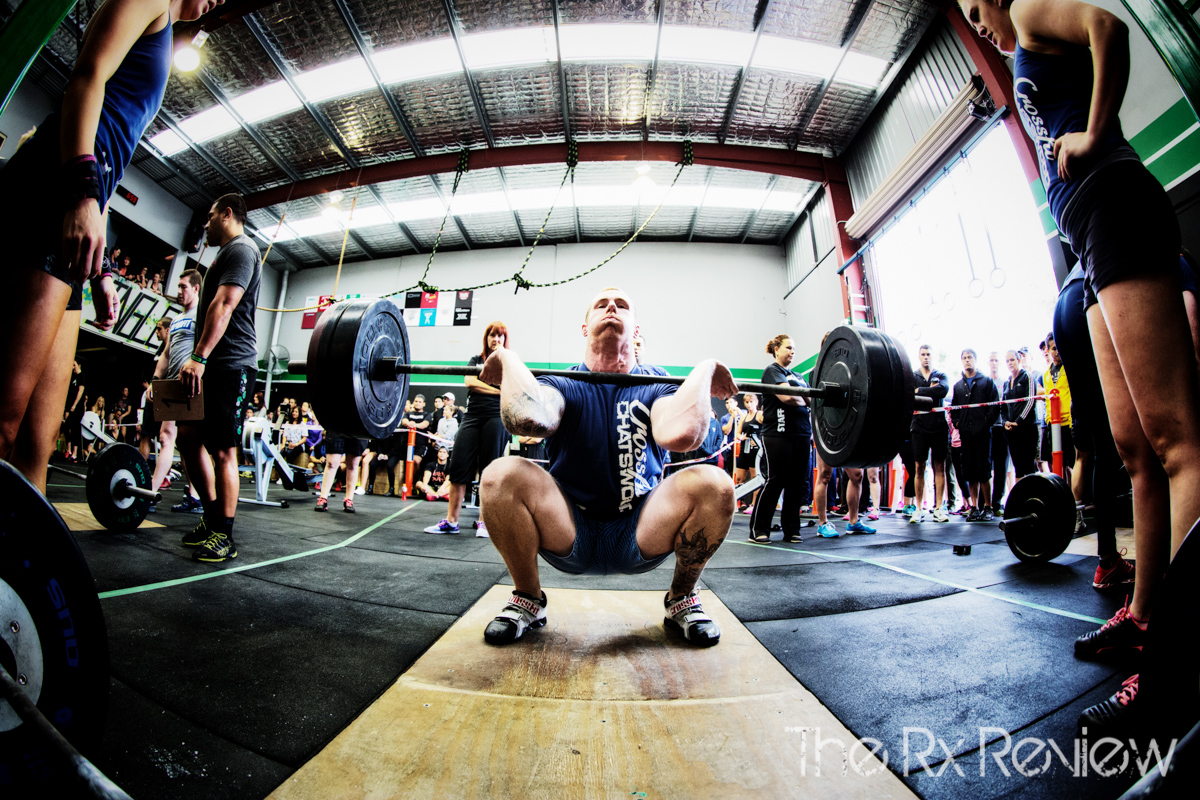
Testosterone replacement therapy (TRT) at Carlsbad TRT is a medical option for men with low testosterone levels, the primary male sex hormone. TRT involves supplementing your body with testosterone to bring your levels back up to standard. This can be done with either injections, patches, or gels applied directly to the skin. It’s important to note that TRT can only help restore healthy testosterone levels; it cannot increase your natural testosterone level beyond what is normal for you.
TRT has been used to treat various symptoms caused by low testosterone, including decreased libido, erectile dysfunction, fatigue, depression, and poor concentration. It may also improve bone density, reduce fat mass and improve muscle strength.
Because testosterone replacement therapy can have serious side effects, discussing the risks and benefits of TRT with a doctor before beginning treatment is important. Potential side effects of TRT include an increased risk of prostate cancer, sleep apnea, and elevated blood pressure. Additionally, long-term use of testosterone replacement therapy may increase your risk of developing liver or heart problems.
Before beginning TRT, it’s essential to have a thorough evaluation by your doctor to determine if you are a suitable candidate for the treatment. You’ll likely need to have labs done to measure your testosterone levels and other hormone levels as well. Your doctor will also consider any existing health conditions before recommending TRT.
If you are considering testosterone replacement therapy, discussing your options with your doctor is important. Your doctor can help you determine if TRT is right for you and guide you through any potential risks and side effects. With careful monitoring, TRT can help restore your testosterone levels and improve your overall quality of life.
What are the Different Types of TRT
Testosterone replacement therapy at Carlsbad TRT is typically administered in three primary forms.
Injectable testosterone
Injectable testosterone is one of the most common forms of testosterone replacement therapy. It involves administering injections of testosterone directly into the muscles or veins. This form of TRT allows for a more gradual and consistent release of testosterone. Which can help improve symptom management and reduce the risk of potential side effects. This method also allows for more control over the dosage, which can be adjusted as needed.
Topical testosterone (patches or gels)
Topical testosterone is another form of TRT that involves applying a patch or gel containing testosterone directly to the skin. This method allows for more consistent absorption, but it may also increase the risk of transferring testosterone to other people through skin contact.
Oral testosterone
Oral testosterone is a third form of TRT that involves taking pills containing testosterone, which can be taken daily or every few days. This method allows for more consistent absorption, but it does come with a higher risk of side effects due to the body’s inability to absorb large amounts of orally administered testosterone.
Transdermal patches
Transdermal patches are a type of testosterone replacement therapy (TRT) that involve applying a patch containing hormones directly to the skin. This method of administration allows for more consistent absorption into the body and helps regulate hormone levels over time. Additionally, transdermal patches can be used to adjust the dosage as needed, allowing for more precise control. This form of TRT is often used to treat low levels of testosterone in men, as well as other hormone imbalances.
Pellets
TRT Pellets are a form of testosterone replacement therapy (TRT) that involves inserting small pellets under the skin. These pellets slowly release hormones into the bloodstream over time, providing consistent and sustained hormone levels. This method of administration is often preferred over other forms of TRT because it requires fewer injections and can be more convenient for patients who travel frequently. Additionally, the pellets can be adjusted if needed to adjust hormone levels. This form of TRT is often used to treat low levels of testosterone in men, as well as other hormone imbalances.
No matter which form of TRT in Carlsbad TRT you choose, it’s important to discuss all of your options with your doctor before beginning treatment. Your doctor can help you determine the best choice for your individual needs and guide you through any potential risks and side effects. With careful monitoring and lifestyle changes, TRT can be a safe and effective treatment for restoring your testosterone levels and improving your overall quality of life.
Different Ways of TRT Administration at Carlsbad TRT
Self-administration
Self-administration of testosterone replacement therapy (TRT) involves taking or applying the hormone yourself, either through injections, topical forms such as gels or patches, or oral forms such as tablets. This method allows for more flexibility in terms of hormone dosage and timing, which can be adjusted as needed to meet individual needs. Injections can be administered in various sites on the body, depending on the patient’s preference.
Physician administration
Physician-administered testosterone replacement therapy (TRT) involves having a doctor administer injections or other forms of hormone therapy directly. This method allows for more precise control over dosage and timing, as well as closer monitoring of potential side effects. Additionally, this method may involve the use of more advanced hormone delivery systems, such as implantable pellets.
Monitoring TRT When Undergoing Testosterone Replacement Therapy at Carlsbad TRT
It is important to monitor TRT in order to ensure that the desired results are being achieved and to avoid potential side effects. Regular monitoring of hormone levels, blood work, and physical exams should be conducted to evaluate how the treatment is working. Additionally, changes in lifestyle habits such as diet, exercise, and sleep should be implemented during TRT to maximize its efficacy.
Blood tests
Blood tests are an essential part of testosterone replacement therapy (TRT) and should be conducted regularly in order to monitor hormone levels, assess safety, and evaluate the efficacy of TRT. In addition, blood tests are used to measure levels of testosterone as well as other hormones that may be out of balance, such as cortisol or luteinizing hormone (LH). These tests are typically done at the beginning of treatment, then repeated every three to six months.
Physical exams
Regular physical exams are an important part of testosterone replacement therapy at Carlsbad TRT and should be conducted in conjunction with regular blood work. During a physical exam, your doctor will look for signs of potential side effects such as gynecomastia (enlarged breasts), acne, or changes in mood. Additionally, they may also check your blood pressure and pulse rate to ensure that the hormone therapy is being safely administered.

















Follow Us